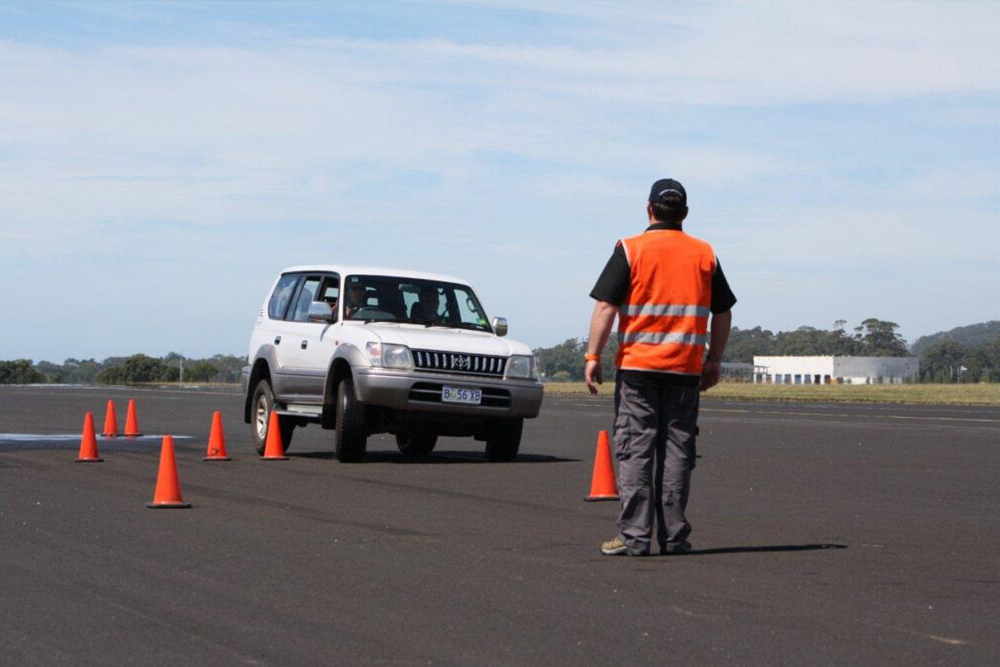Calgary NE - 39 Cityscape Park
NE,Calgary,Ab. T3N 0W7
Lets make a deal to master the wheel

Defensive driving is more than just following traffic rules; it’s a mindset and a set of skills aimed at minimizing risks and preventing accidents on the road. By adopting defensive driving techniques, you can enhance your safety and confidence while driving. Here are some key defensive driving techniques to incorporate into your driving habits:
1. Anticipate Hazards: Defensive drivers are proactive in identifying potential hazards before they become immediate threats. Scan the road ahead, anticipate the actions of other drivers, and be prepared to react to sudden changes in traffic patterns or road conditions.
2. Maintain a Safe Following Distance: One of the fundamental principles of defensive driving is maintaining a safe following distance from the vehicle in front of you. This gives you ample time to react to sudden stops or maneuvers by the leading vehicle. The general rule of thumb is to maintain a minimum of three seconds of following distance under normal driving conditions and increase it in adverse weather or heavy traffic.
3. Avoid Distractions: Distractions, such as using a mobile phone, eating, or adjusting the radio, can significantly impair your ability to react to potential hazards on the road. Stay focused on the task of driving and eliminate distractions by keeping your eyes on the road and hands on the wheel.
4. Use Defensive Driving Zones: Be mindful of potential danger zones on the road, such as intersections, merging lanes, and areas with limited visibility. Approach these areas with caution, reduce your speed, and be prepared to yield or stop if necessary.
5. Signal Early and Communicate Intentions: Clear communication with other road users is essential for safe driving. Signal your intentions early when changing lanes, merging, or making turns to alert other drivers of your actions and reduce the risk of collisions.
6. Practice Situational Awareness: Stay aware of your surroundings and continuously monitor the movements of other vehicles, pedestrians, and cyclists. Check your mirrors regularly, scan blind spots before changing lanes, and be prepared to adapt to changing traffic conditions.
7. Be Patient and Courteous: Defensive driving involves maintaining a calm and patient demeanor, even in stressful or challenging situations. Avoid aggressive behaviors such as tailgating, honking unnecessarily, or engaging in road rage. Practice patience, and extend courtesy to other road users to promote a safer driving environment.
8. Prepare for Adverse Conditions: Be prepared to adjust your driving behavior in adverse weather conditions such as rain, snow, or fog. Reduce your speed, increase following distance, and use headlights and windshield wipers as needed to maintain visibility and control.
9. Continuously Improve Skills: Defensive driving is a skill that can be honed and refined over time. Consider taking defensive driving courses or refresher courses to enhance your knowledge and skills behind the wheel.
By incorporating these defensive driving techniques into your everyday driving habits, you can significantly reduce the risk of accidents and ensure a safer, more confident driving experience for yourself and others on the road. Remember, safety should always be your top priority whenever you’re behind the wheel.
